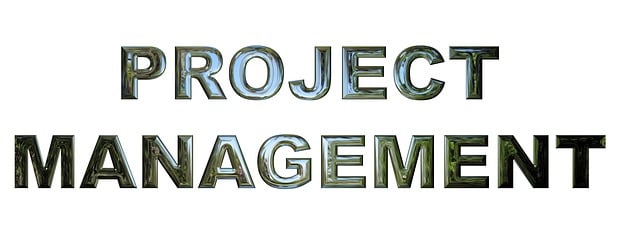Understanding lease agreements is crucial in real estate for both landlords and tenants to ensure a harmonious relationship. Key elements include rent structure, duration, maintenance, subletting rules, and dispute resolution. Structured communication and online platforms facilitate efficient rent collection. Lease violations require specific procedures, including written notices and potential legal actions, while adhering to fair housing laws. Effective communication ensures just resolutions in real estate transactions.
In the dynamic landscape of real estate, effectively managing lease agreements and rent collection is paramount for investors. This comprehensive guide delves into the essentials of lease agreements, offering insights on key provisions and terms that protect both landlords and tenants. We explore efficient strategies for rent collection, empowering real estate owners to optimize returns. Furthermore, we dissect the legal enforcement of lease violations, elucidating rights and responsibilities, ensuring a harmonious yet enforceable contractual relationship.
Understanding Lease Agreements: Key Provisions and Terms

In the real estate sector, understanding lease agreements is paramount for both landlords and tenants. These legal documents are not merely a formality but rather a crucial framework that outlines the rights, responsibilities, and expectations of each party involved. A thorough grasp of key provisions and terms ensures a smooth tenancy experience.
Essential elements to look out for include rent amount and payment terms, duration of the lease, property maintenance obligations, rules regarding subletting or altering the premises, and dispute resolution mechanisms. Being well-informed about these components empowers individuals to protect their interests, avoid potential pitfalls, and foster a mutually beneficial real estate relationship.
Efficient Rent Collection Strategies for Real Estate Owners

Efficient rent collection is a cornerstone of successful real estate investment. To ensure timely payments, landlords should implement structured communication strategies with tenants. Regularly scheduled reminders via email or text messages can serve as gentle nudges while also providing a clear payment timeline.
Additionally, utilizing online rent payment platforms offers both convenience for tenants and centralized record-keeping for landlords. These digital tools enable secure transactions, automate late fees, and streamline the entire rent collection process, fostering transparency and strengthening the landlord-tenant relationship in the vibrant real estate landscape.
Legal Enforcement of Lease Violations: Rights and Responsibilities

In real estate, lease agreements are legally binding contracts that outline the rights and responsibilities of both landlords and tenants. When a tenant violates the terms of the lease, such as failing to pay rent on time or damaging the property, landlords have specific legal avenues to resolve these issues. The first step is to provide written notice to the tenant outlining the violation and the expected corrective action, allowing them a reasonable opportunity to remedy the situation.
If the tenant fails to comply after the notice period, landlords can initiate legal enforcement procedures. This may involve filing a lawsuit in court to evict the tenant or seek monetary damages for any losses incurred due to the lease breach. Landlords must adhere to fair housing laws and local tenancy regulations during this process, ensuring their actions are justifiable and proportionate to the violation. Effective communication and documentation throughout are key to ensuring a successful resolution that respects both parties’ rights within the real estate transaction.






